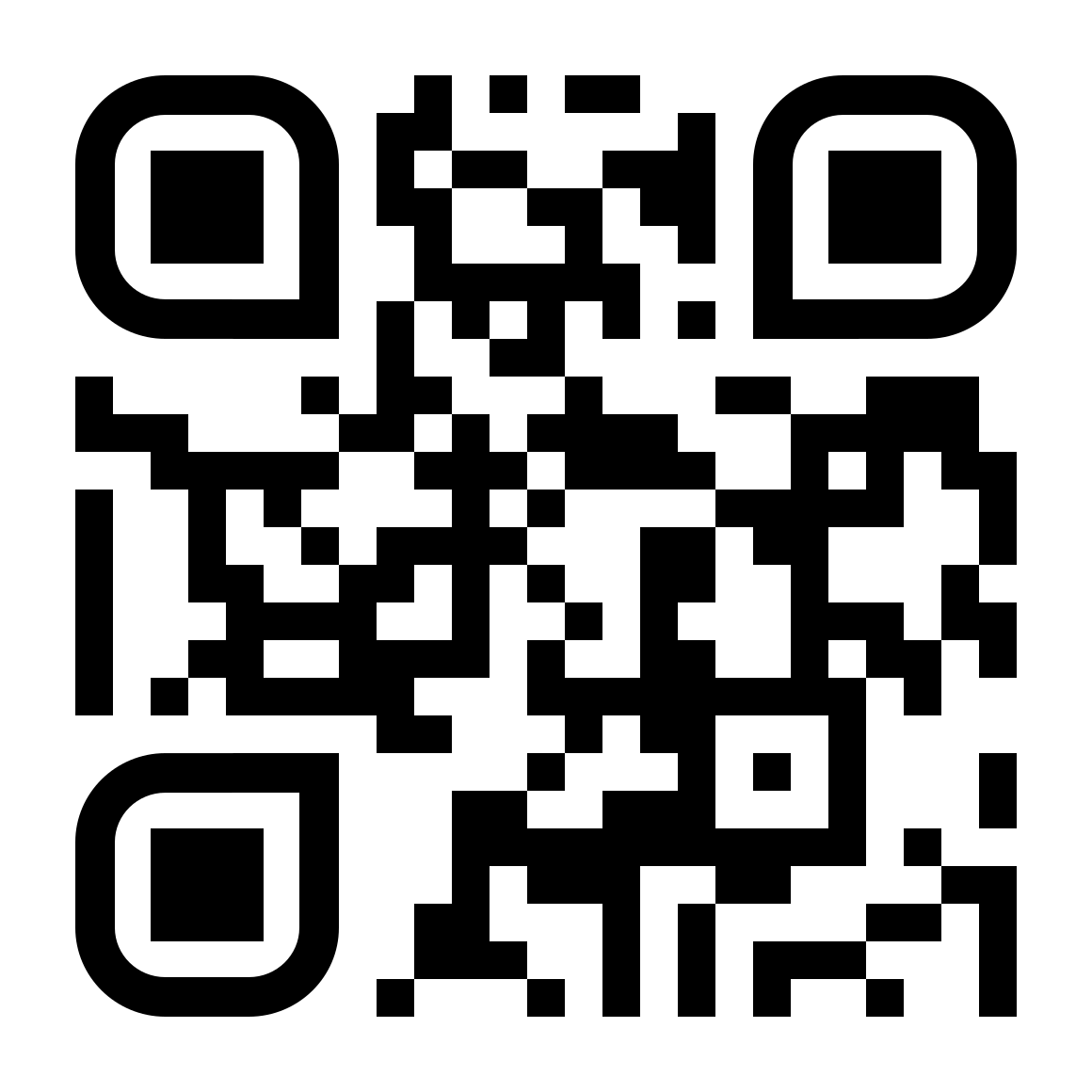
The juxtaposition of “Pandemic vs. Technology” refers to the dynamic interaction between the global health crisis, such as the COVID-19 pandemic, and the role of technology in responding to and mitigating its impact.
Challenges of the Pandemic:
Pandemics can strain healthcare systems, leading to overwhelming demand for medical resources, personnel, and infrastructure. Economic activities can be disrupted, leading to unemployment, business closures, and financial instability. Public health measures such as social distancing and lockdowns can impede traditional modes of work, education, and social interaction.
Technology as a Response:
Technology, especially in the form of telehealth, AI diagnostics, and remote patient monitoring, has provided innovative solutions for healthcare delivery, enabling virtual consultations and easing the burden on physical healthcare facilities. Technologies like video conferencing, collaboration tools, and e-learning platforms have facilitated remote work and online education, helping maintain productivity during lockdowns. Digital technologies have played a crucial role in optimizing supply chains, predicting demand, and ensuring the efficient distribution of essential goods, including medical supplies.
Accelerated Digital Transformation:
The pandemic has accelerated the adoption of digital technologies across various sectors, including healthcare, education, finance, and retail. Online platforms and e-commerce have experienced a surge in demand as people turned to online shopping to adhere to social distancing measures.
Data and Analytics for Decision-Making:
The pandemic highlighted the importance of data and analytics in understanding and responding to the virus’s spread. Decision-makers leveraged technology to gather and analyze data for informed policymaking. AI and machine learning models were employed for predictive modeling, helping forecast the trajectory of the pandemic and guide resource allocation.
Technological Challenges:
Disparities in access to technology have widened during the pandemic, with some populations lacking the necessary infrastructure, devices, or skills to fully participate in the digital transformation. The increased use of technology for surveillance, contact tracing, and data collection has raised privacy and ethical concerns, prompting a need for careful consideration of these issues.
Vaccination Efforts:
Technology played a pivotal role in the rapid development of COVID-19 vaccines through advanced research methods, data analysis, and collaboration. Technology is being used to optimize vaccine distribution, monitor vaccination efforts, and address challenges in ensuring global vaccine equity.
While technology has been instrumental in responding to the challenges posed by the pandemic, it has also raised issues that need careful consideration, emphasizing the importance of a balanced and ethical approach to leveraging technology in crisis situations. The COVID-19 pandemic has accelerated the adoption and development of various technologies, including artificial intelligence (AI) and 5G-powered solutions, to address the challenges posed by the global health crisis. Some notable applications and advancements during the pandemic:
- AI in Healthcare: AI has been used for diagnosing COVID-19 through analyzing medical imaging, such as chest X-rays and CT scans. Machine learning models have been developed to detect patterns indicative of the virus. AI algorithms have been employed to accelerate drug discovery processes by analyzing vast amounts of biological data and identifying potential drug candidates for COVID-19 treatment.
- Telehealth and Remote Monitoring: The combination of AI and 5G has facilitated the growth of telehealth services, allowing healthcare professionals to remotely diagnose and monitor patients. Wearable devices and sensors connected through 5G networks enable continuous health monitoring, aiding in early detection of symptoms and disease progression.
- Contactless Technologies: AI-powered facial recognition and temperature screening systems have been deployed to enhance contactless identification and monitoring in public spaces, airports, and healthcare facilities. Robotics, driven by AI, have been utilized for tasks such as disinfection, delivery of medical supplies, and providing assistance in hospitals to reduce human-to-human contact.
- Data Analytics for Public Health: Advanced analytics and machine learning algorithms have been applied to vast datasets to track and predict the spread of the virus. This includes analyzing mobility data, social media trends, and healthcare records to understand the dynamics of the pandemic. Predictive modeling using AI has been crucial for forecasting healthcare resource needs and planning interventions at regional and national levels.
- Remote Work and Education: AI-driven tools for collaboration, virtual meetings, and document automation have become integral to remote work and online education. 5G connectivity enhances the efficiency of remote communication and supports high-quality video conferencing, facilitating seamless collaboration.
- Supply Chain Optimization: AI has played a role in optimizing supply chains by predicting demand for medical supplies, ensuring efficient distribution, and managing inventory to prevent shortages. Smart logistics powered by 5G helps in real-time tracking and monitoring of shipments, ensuring timely delivery of critical supplies.
- Vaccine Distribution and Monitoring: AI and 5G are being used to optimize vaccine distribution logistics, ensuring vaccines reach their destinations efficiently. Real-time monitoring of vaccine administration and adverse reactions is facilitated through connected devices, providing valuable data for public health authorities.
While these technologies have played a significant role in addressing the challenges of the pandemic, it’s essential to balance their implementation with ethical considerations, privacy concerns, and the need for equitable access to technology resources.
[1] Rahman, M. M. (2023). Pandemic vs Technology: AI and 5G Powered Emerging Technologies and Applications, Notion Press (India. Malaysia and Singapore).
